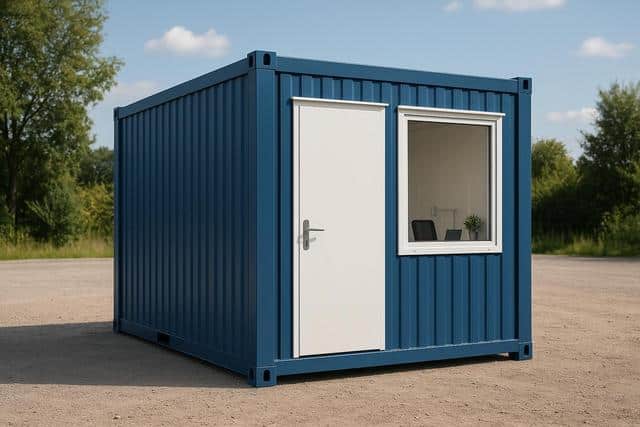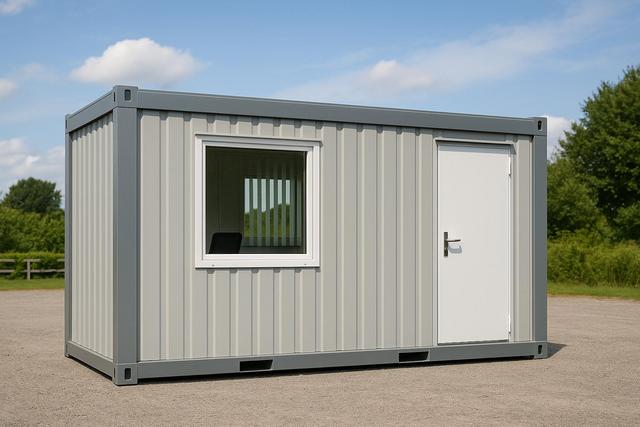
Is Vintage the New Sustainable?
As the fashion industry increasingly turns its attention to sustainability, the allure of vintage clothing is experiencing a remarkable resurgence. This shift is not just about nostalgia but represents a conscious choice towards more eco-friendly wardrobe options. By exploring the concept of vintage as the new sustainable, we delve into the reasons why vintage clothing is gaining traction and what this means for sustainable fashion as a whole.
Understanding the Vintage Appeal
Vintage clothing offers a unique blend of history, style, and sustainability. According to a report by ThredUp, the secondhand market is expected to double by 2025, driven largely by consumer demand for sustainable fashion alternatives. This shift is not only about reducing waste but also about embracing the unique stories and craftsmanship that vintage pieces offer.
Expert Insights
Fashion historian Dr. Lucy Adlington highlights that, “Vintage clothing allows consumers to own a piece of history, while also making a sustainable choice.” This sentiment is echoed across the industry as more people become aware of the environmental impacts of fast fashion.
Benefits of Choosing Vintage
- Environmental Impact: Purchasing vintage reduces the demand for new clothing production, which is one of the most resource-intensive industries.
- Unique Style: Vintage pieces often feature unique designs and high-quality materials that are rare in modern fast fashion.
- Cost-Effective: Vintage shopping can often be more affordable than buying brand new, high-end items.
Personal Experiences
Many vintage enthusiasts share stories of finding a perfect garment that not only fits their style but also supports their values. For instance, Emily, a sustainable fashion advocate, recalls finding a 1960s dress that became a conversation starter about sustainable practices.
Tips for Embracing Vintage Fashion
- Research: Understand the different eras and styles to find what suits you best.
- Quality Check: Always inspect items for wear and tear before purchasing.
- Mix and Match: Combine vintage pieces with modern clothing for a balanced look.
Comparing Vintage and New Sustainable Brands
| Aspect | Vintage Clothing | New Sustainable Brands |
|---|---|---|
| Environmental Impact | Reduces waste and resource use | Focuses on eco-friendly production |
| Unique Style | Offers one-of-a-kind items | Provides modern takes on classic styles |
| Cost | Often more affordable | Can be higher due to sustainable practices |
| Availability | Limited to what’s currently in circulation | More consistent supply |
| Craftsmanship | Often handcrafted or bespoke | Varies by brand |
| Versatility | Timeless, mixable with modern pieces | Seasonal, but often timeless designs |
| Story | Each piece has history | Brand’s commitment to sustainability |
| Trend Influence | Less influenced by current trends | May include trendy sustainable options |
Frequently Asked Questions
Is vintage clothing truly sustainable?
Yes, vintage clothing is sustainable as it reduces the demand for new production and minimizes waste.
How do I find authentic vintage pieces?
Look for reputable vintage stores or online platforms that specialize in vintage fashion.
Can vintage clothes be integrated into a modern wardrobe?
Absolutely, vintage pieces can be mixed with contemporary items to create a unique and stylish look.
Conclusion
In conclusion, vintage fashion is carving out its place as a sustainable choice for consumers looking to make environmentally conscious decisions. By embracing vintage clothing, not only do individuals contribute to sustainability, but they also gain access to unique and timeless fashion statements. Whether through personal exploration or seeking expert advice, adopting vintage can be a rewarding journey towards a more sustainable fashion future.


